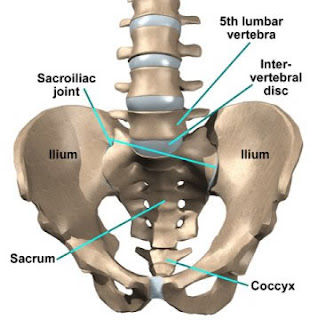There are several groups of patients where sacroiliac (SI) joint problems are more likely:
In addition:
- Significant trauma with bone fracture and/or disruption of the SI joint may result in acute or chronic dysfunction of the SI joint.
- If the motion in your pelvis is asymmetric, then dysfunction can occur in your sacroiliac joint. You could have asymmetric motion if your legs are significantly different in length, such as from birth or a condition like polio or scoliosis. Having one leg weaker than the other can also cause asymmetric motion and/or instability. Even wearing inappropriate footwear can alter your gait and cause repetitive stress to your sacroiliac joint.
- Over half the time, SI joint problems can be related to a specific event, often an injury from accidents or an event such as pregnancy/childbirth. In addition to pregnancy/childbirth, women may be at increased risk for sacroiliac joint problems because of their broader pelvises, the greater curve of their necks, and shorter limb lengths.
- Other potential causes of SI joint problems include history of trauma, such as occupational lifting.
In addition:
- It's common for SI joint problems to mimic spinal disc pain, so SI joint disruption or dysfunction may not get diagnosed if your clinician is not evaluating your SI joint
- SI joint disruption or dysfunction can occur in conjunction with other non-SI joint spinal problems, such as herniated disc, degenerative disc disease, osteoarthritis, or sciatica
- Patients who are still in pain after lumbar spine surgery may have actually had an SI joint problem instead or in addition to another spinal problem
- Patients who have had prior lumbar spine surgery may develop issues with their SI joint

Do you have any information on SI Joint as it relates to the glute muscles and ligament dsyfunction?
ReplyDeleteYes, I can help you.
DeleteWhich Ligament you talking about me?